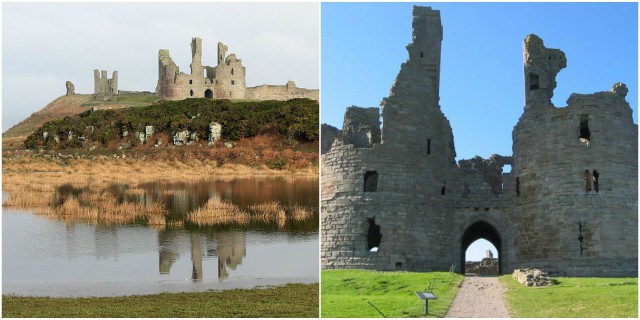Dunstanburgh Castle was built by Thomas, Earl of Lancaster in the 14th century. It is located in Northumberland near the Scottish border, on a site which Thomas inherited from his father, Edmund ‘Crouchback’. This site is one of the largest and richest aristocratic estates in England.
The first construction of the castle began in 1313 after Thomas executed Piers Gaveston, Edward II’s court favorite and alleged lover. Edward was determined to seek revenge for his dear friend’s death. In order to protect himself, Thomas built Dunstanburgh Castle. However, this could not stop Edward’s plans and Thomas was executed in 1322 after the Battle of Boroughbridge.
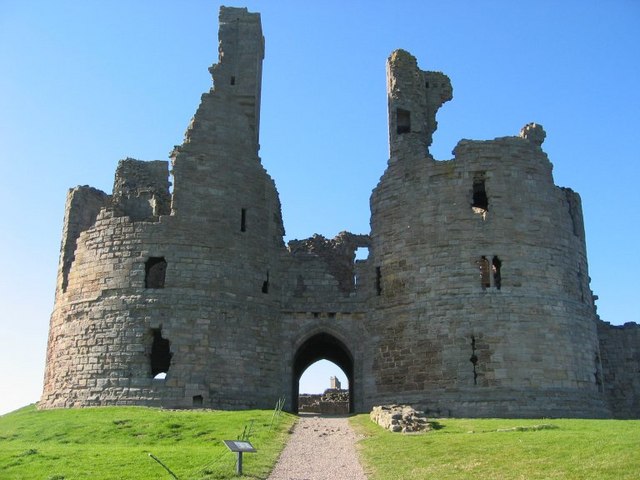
The greatest thing about Dunstanburgh Castle is the gate, which showcases a combination of strength and luxury. It consisted of two D-shaped drum towers separated by a rib-vaulted gate-passage. The ground floors were used as a passageway which led to the courtyard of the castle. Wooden doors were used for protection of the passage. The upper floor was used as a residence for the Earl. It was thought that there were secret passages which connected the fortress to nearby hamlets and villages.
After Thomas’ execution, the castle was used by its constables before eventually being passed to John of Gaunt. He continued the construction of the castle and remodeled the great twin-towered gatehouse into a keep in order to protect the castle from the Scots who attacked it.
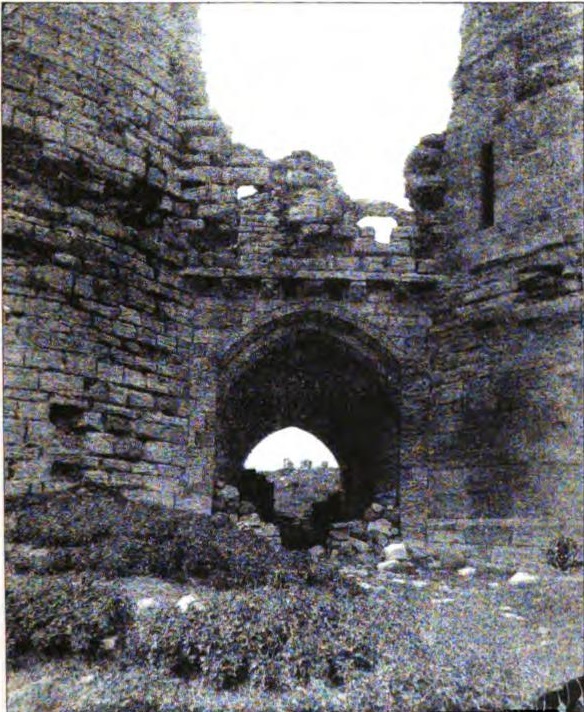
This gate was situated at the southwest corner of the castle. John of Gaunt built another gate on the west curtain, complete with barbicans and a drawbridge. Midway along the south curtain lay the Constable’s Tower, which was used as a residence for the castle’s commanding officer. A rectangular tower, known as the Lilburn tower, stands to the north.
In 1399, after Gaunt’s death, the castle was inherited by his son Henry IV, who used it as a royal castle. When Henry VI came to the throne, he made numerous repairs to the fortress. He reconstructed various buildings, including the king’s hall and great chamber, which lay on the top floor of the former great gatehouse.
During the Wars of the Roses, fought between the houses of York and Lancaster in a battle for the English throne, Dunstanburgh Castle was in possession of the Lancasters. The Earl of Warwick, one of the Yorkist commanders, besieged the castle twice and in 1464 the Yorkists secured the castle for good.
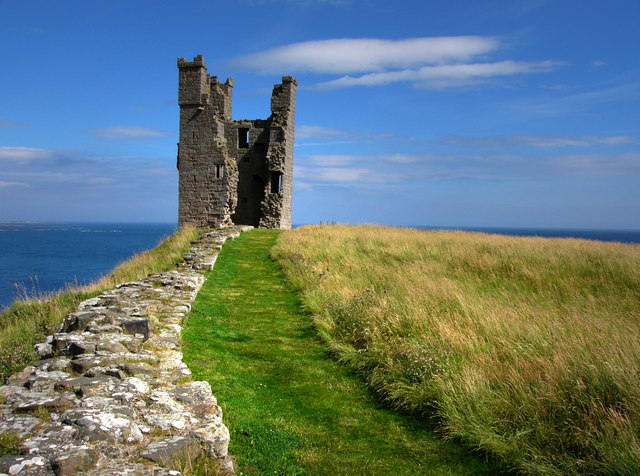
After this, the castle fell into decay during the 15th and the 16th centuries and was never fully repaired. In the 1920s, the castle passed into state care and today it is owned by the National Trust and operated as a visitor attraction by English Heritage.
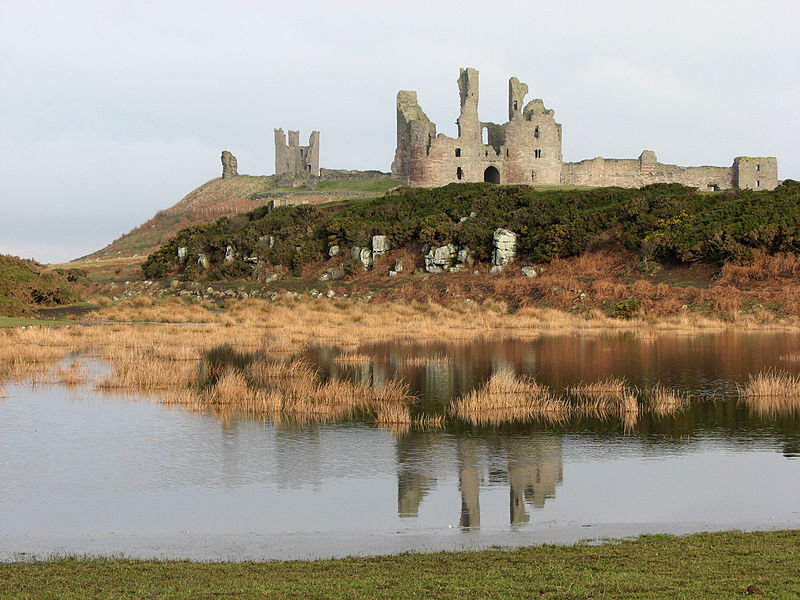
The castle can only be reached by a mile-long footpath along the coast which offers an excellent view of the largest surviving parts of the castle, the southern walls, and the gatehouse.
